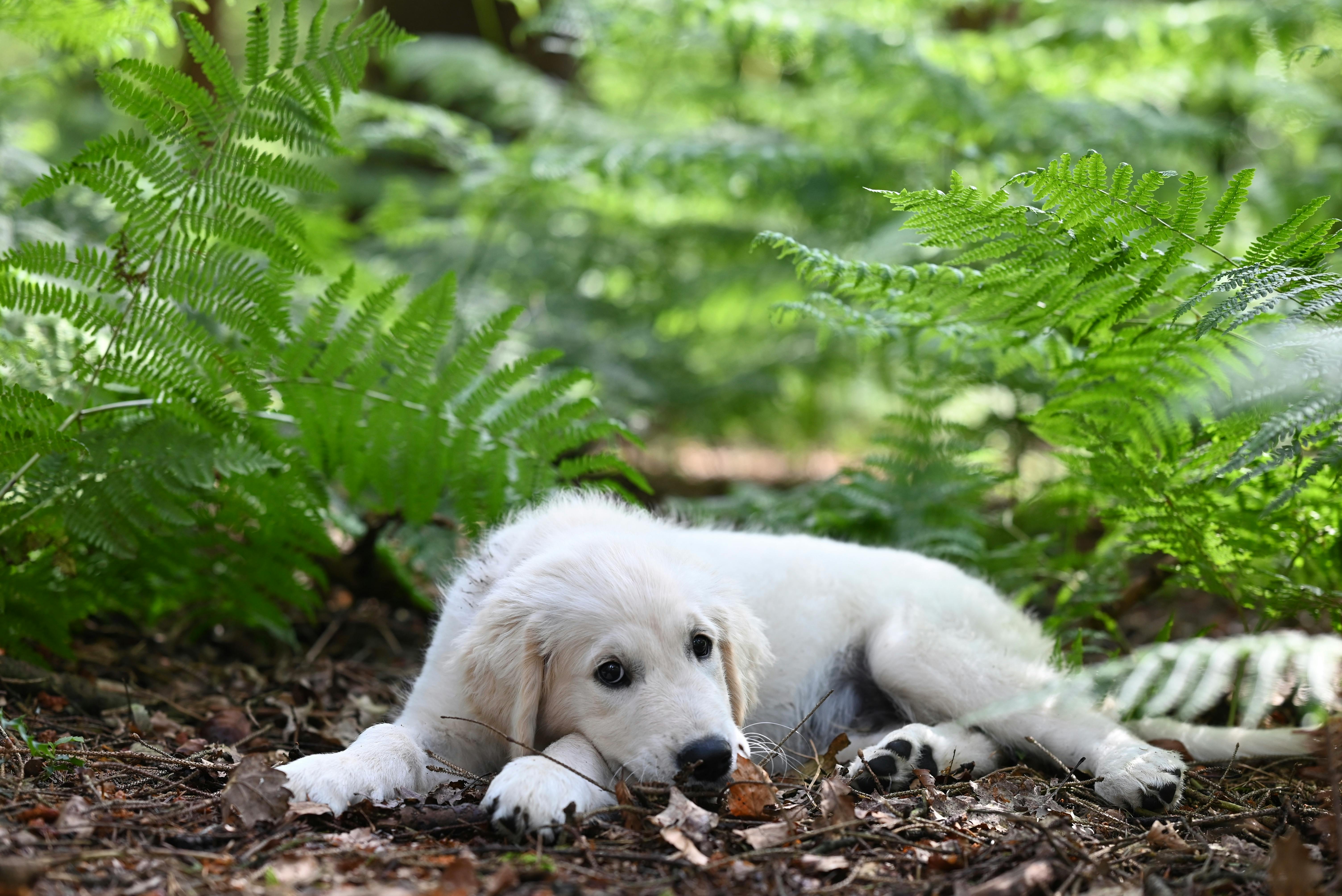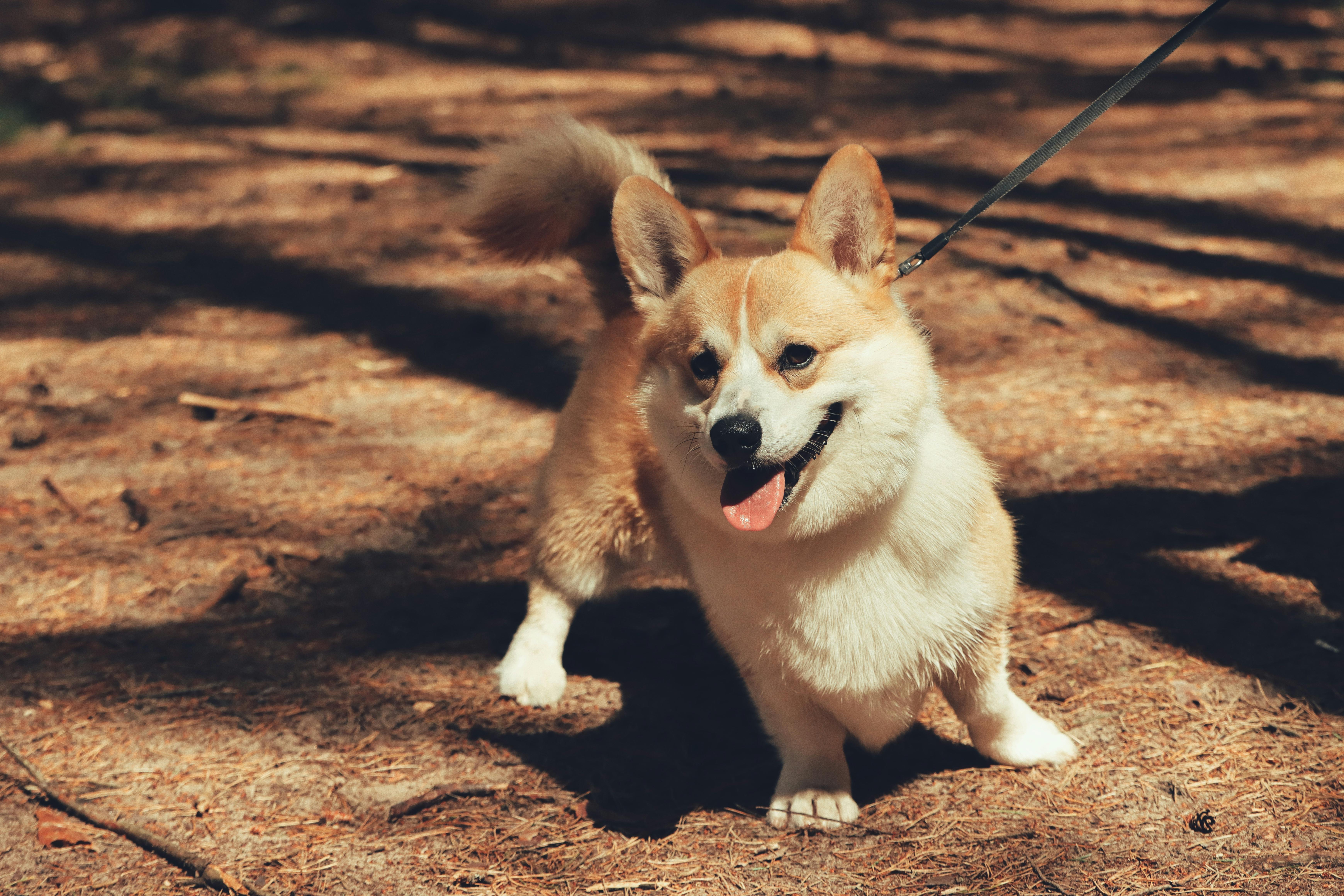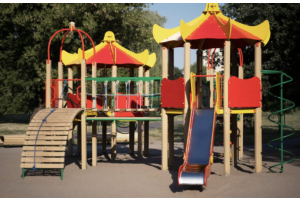8 Practical Ways to Address Your Dog’s Separation Anxiety

According to the Royal Society for the Prevention of Cruelty to Animals, about eight out of ten dogs exhibit some symptoms of separation anxiety. For perceptive dog owners, this should not come as a surprise. Dogs’ worlds revolve around their owners, with most of them depending on their humans for food and emotional support. Your sudden, inexplicable loss can throw off their routine and make them uneasy, especially if they have come to rely on you for comfort.
Unfortunately, while dogs with the condition may be OK when you’re together, there may be times when triggering their separation anxiety is unavoidable. Travel, work commitments, and emergencies can force dog owners to leave their companions with a sitter or at a kennel, potentially creating serious emotional distress despite everyone’s best efforts.
Separation Anxiety Symptoms
Before thinking about how to address separation anxiety in your dog, it helps to know the signs of the condition. Common symptoms of separation anxiety in dogs include, but are not limited to, the following:
- Excessive vocalization when left alone
- Chewing, digging, or destroying household items when you’re gone
- Repetitive walking or running in a pattern when anticipating your departure
- Attempting to escape from your home, especially when you’re away or asleep
- Urinating or defecating indoors, even if house-trained
Does your dog consistently display at least one of these symptoms? If so, they may have separation anxiety. While it can’t always be cured, its effects can at least be mitigated.
Tips for Mitigating Your Dog’s Separation Anxiety
Let’s go through some must-try tips that should leave your dog more calm and collected whenever you need to part ways:
1) Build Your Dog a Safe Space
If your dog misses you even when you’re away for just a couple of minutes, you may be able to delay their separation anxiety with items that smell like you to comfort them when you're away. Wholesale dog bandanas or other clothing items with your scent can be a good start, but you’ll also want to provide access to other comfort items and stimuli, like their favorite blanket and background audio of calming nature sounds.
2) Desensitize Them Gradually
Once your dog has a safe space, start by leaving your dog alone for short periods of about an hour for a few times a week. From there, gradually increase the duration to help them get used to your absence.
3) Begin Socialization and Obedience Training
While you might not be able to completely rid your dog of their separation anxiety, you can make them feel significantly more comfortable around other people and animals. Consistent socialization will make it much easier for your dog to tolerate sitters or kennel workers, keeping them safe and giving you more options should you need to leave your dog alone for a day or two.
4) Keep Them Distracted with Interactive Puzzle Toys or TV
If you’re only going to be gone for a short errand, provide toys that challenge your dog’s mind to keep them occupied. Alternatively, if they enjoy watching TV, play some content that they enjoy.
As far as toys are concerned, make sure that they aren’t choking hazards or the types that require active supervision. When your dog gets bored with the toy, hide it and replace it with another toy. You can then rotate the other toy back in a few weeks later to make them “fresh” for your dog again.
5) Get Some Exercise Before You Leave
You can also ensure that your dog gets plenty of physical activity just before you leave. Games like fetch are perfect for this since they can tire out even the most active dog fairly quickly. If your dog is trained to be off-leash, you can also go for a bike ride with them so that they’re encouraged to run hard. A tuckered-out dog is less likely to experience anxiety symptoms as strongly, and they won’t be as much of a handful for whoever is taking care of them while you’re away.
6) Drama-Free Departures and Arrivals
The anticipation of your comings and goings may be feeding into your dog’s anxiety. Keeping these moments low-key may help break that pattern and keep them calmer for much longer.
7) Keep Mealtimes Predictable
Though there are certainly plenty of exceptions, most dogs prefer a consistent schedule, particularly for feeding, walking, and playtime. This predictability can, over time, provide a way for your dog to stay emotionally anchored.
Thankfully, while you have to time and initiate walks and playtime yourself, you can automate mealtimes predictably to the second with WiFi-enabled smart feeders. Though some daily hand-feeding is still ideal for maintaining your bond with your dog, having these feeders will enable you to keep mealtimes consistent, even when you’re away. With time, your dog will trust that they will get fed, regardless of whether or not you’re around—hopefully making them less anxious about your absence.

8) Discuss Calming Aids with Your Vet
Talk to your vet and explore the use of calming products such as pheromone diffusers, anxiety wraps, or natural supplements. If you have an extended trip or if your dog has serious anxiety symptoms, your vet may be able to recommend a pharmacological solution that could help your dog maintain a calm demeanor.
Mitigate Your Dog’s Separation Anxiety Through Empathy and Understanding
Though these strategies can be effective, addressing separation anxiety consistently over the long haul requires you to see things from your dog’s perspective. Each dog faces a unique set of challenges and personality traits, so learning to empathize may shorten the time needed to find a working solution. You may not completely cure your dog’s traumas, but you will eventually learn what’s best for your beloved canine companion.






